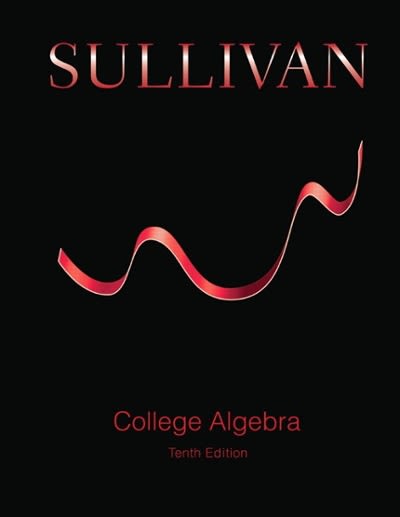Question
1. Which of the following statements about hypothesis testing are true? There may be more than one correct statement; check all that are true. a)
1. Which of the following statements about hypothesis testing are true? There may be more than one correct statement; check all that are true.
a) The greater the sample size, the greater the power of the test (all else being equal, in situations where the null hypothesis is false). |
b) | The p-value can be negative, but only in situations where the null hypothesis is true. |
c) | If the null hypothesis is false, we cannot make a Type I error. |
d) | If the null hypothesis is true, we cannot make a Type II error. |
2. Consider the following summary from from a simple linear regression involving a very small data set of n = 8 observations.
Coefficients: Estimate Std. Error Intercept 9.8758 0.4882 Slope 1.5793 0.7627
Suppose all of our usual regression assumptions are met. If we wish to test the null hypothesis that there is no linear relationship between X and Y, what is the value of the appropriate t test statistic?
(Give your numeric response to 3 decimal places. Give only your numeric response, and not any extra characters or symbols.)
3. Suppose we have a simple linear regression setting, where, in the theoretical underling reality, there is absolutely no relationship whatsoever between the X and Y variables. We draw a random sample from the population and calculate the usual summary statistics.
Which of the following statements are true? There may be more than one correct statement; check all that area true.
Question 5 options:
a) 2=0
| b) 1=0 |
c) ^1 must equal 0.
d) r must equal 0.
Step by Step Solution
There are 3 Steps involved in it
Step: 1

Get Instant Access to Expert-Tailored Solutions
See step-by-step solutions with expert insights and AI powered tools for academic success
Step: 2

Step: 3

Ace Your Homework with AI
Get the answers you need in no time with our AI-driven, step-by-step assistance
Get Started


